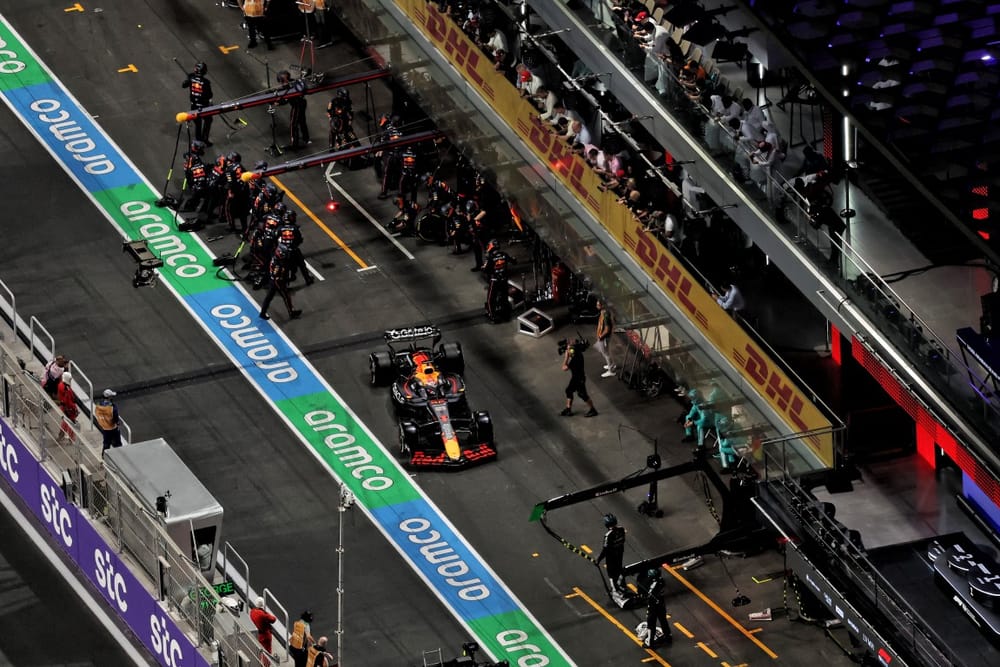Formula 1 may have a super-close title fight on its hands, but the consensus after the opening phase of the campaign is that the racing has been a bit of a letdown.
While Oscar Piastri bucked the trend in Saudi Arabia as the first driver to win in 2025 without having started from pole, that was only because the Australian made a decisive move for the lead at Turn 1 - one that paid off later with a Max Verstappen penalty.
The tendency for static racing has stoked early-season fears of this year turning into a "quali championship".
It is all down to a combination of dirty air, a super-close grid where there is not a big enough pace offset between cars, and a lack of viable tyre strategy options.
F1 chiefs are well aware of what is unfolding and, with no chances of a change to the cars to improve matters in the short term, the focus has shifted to tyre supplier Pirelli to do what it can to shake things up.
That is why F1 CEO Stefano Domenicali had a meeting with Pirelli motorsport director Mario Isola in Saudi Arabia last weekend just to get a better understanding of how things are looking for the remainder of the campaign.
But while Pirelli still has some cars to play, there is also a solution being mooted that's not related to tyres.
Compound choices
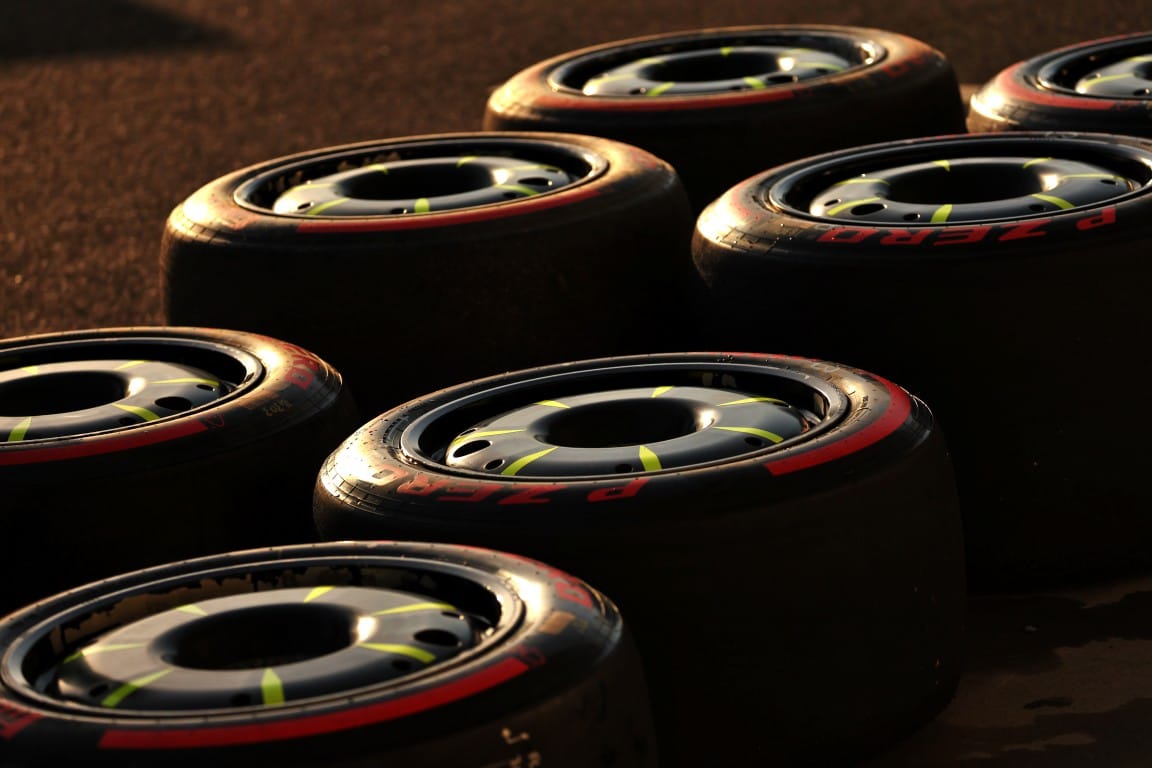
Pirelli’s first line of attack has been to be more aggressive with tyre compound choices, in the hope that higher-degrading tyres will force teams to make more stops.
It duly went a step softer than last year for Saudi Arabia, and has also done that same jump for the forthcoming Miami and Emilia Romagna Grands Prix – with the latter seeing the debut of the new supersoft C6 compound.
However, Jeddah has highlighted that going softer in the range does not guarantee two-stoppers.
As Isola himself has admitted, teams are now so good at understanding the tyres and optimising the strategies that it is very hard to box them into a multi-stop race.
“We want to push teams to have a two-stop strategy,” he said. “But they are becoming better and better in managing tyres, and that's why we have to push on the soft side.
“But again, if you are able to manage the pace, it's difficult to move towards a two-stop.”
Leaving a gap
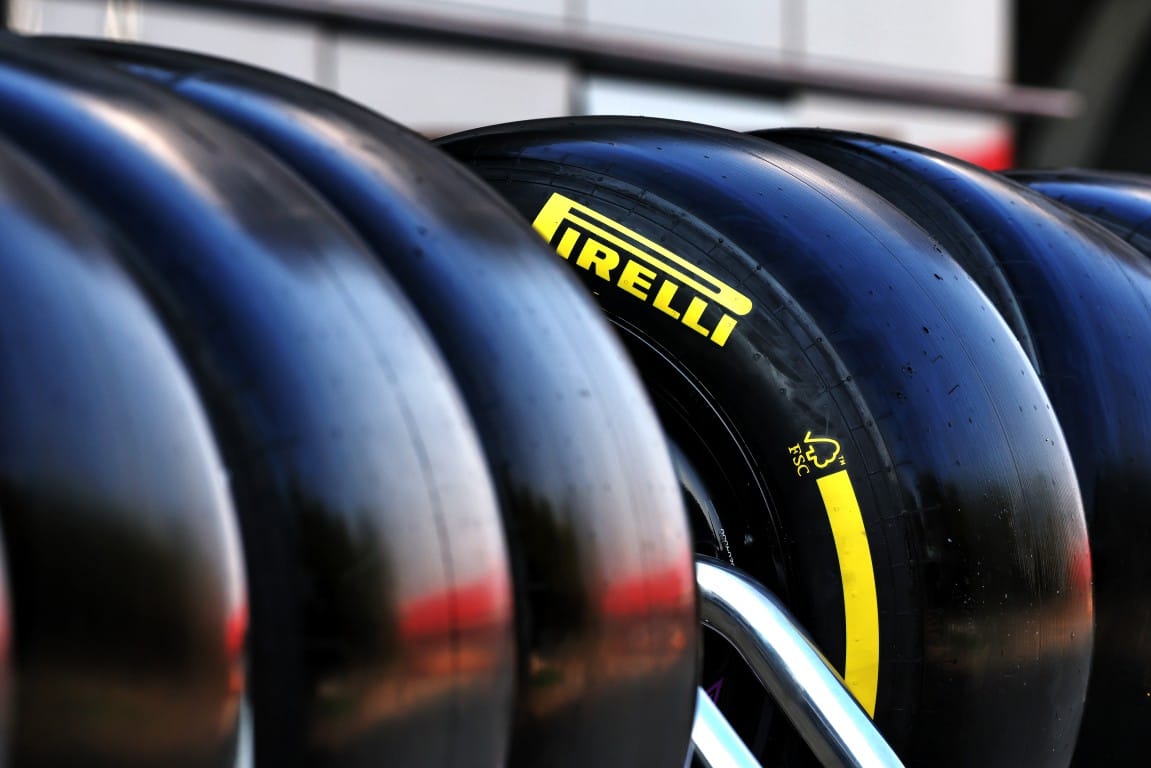
In terms of the tyres, if the push to softer compounds does not work, then one option that can be evaluated is to start spacing out the compound options available for a race.
So rather than having consecutive choices (like the C3, C4 and C5), Pirelli could elect to skip a step – so potentially bringing the C2, the C4 and the C5.
You may remember this has already happened in the past.
The idea would be to make the most durable option not perform as well – putting teams that want to minimise the number of pitstops at all costs a bit more on the back foot.
Isola added: "If you want to go one stop hard/medium, you are penalised by the fact that hard is much slower. So someone could choose a more aggressive strategy with mediums and soft for the race.”
Time loss in the pitlane

Yet there is one other aspect - unconnected to what Pirelli can do - that is now being looked at and could shift things away from the one-stop.
That aspect is F1’s pitlane speed limit. Raising it would reduce the amount of time a pitstop takes, and thus make multiple pitstops more tenable.
As Isola explains, there are three elements that dictate strategy – the level of tyre degradation and performance, how easy it is to overtake and the time loss there is for a pitstop.
So if softer compound choices are not working, and F1’s dirty air problem cannot be resolved for now, then that only leaves one other area as a moveable target.

Interestingly, the focus here is not on the tyre changes themselves – which are already as fast as they will ever be – but instead on the amount of time that it takes for a car to go through the pits.
And this is mostly dictated by the pitlane speed limit – which is laid down in the sporting regulations as 80km/h for the entire competition.
While there are good safety reasons as to why that limit has been in place since 1994, there is a belief that, with pitlanes now having fewer personnel in them and dangers of people being hit by cars minimised, a slight tweak to this limit could be possible.
The suggestion is obviously not for it to be wiped away completely in a return to the crazy days of going flat out in the pits - which contributed to the famous situation of Ayrton Senna setting the fastest lap of the 1993 European Grand Prix while going through pitlane.
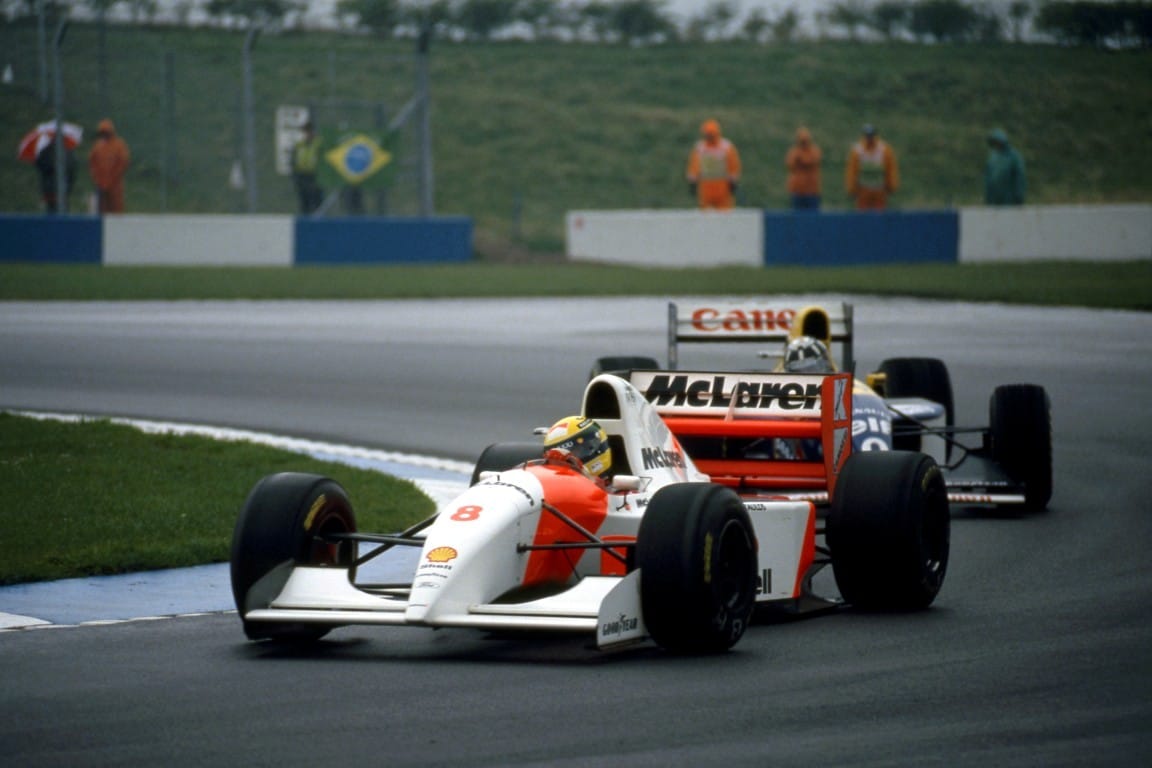
Instead, what is being looked at is whether a slight lifting of the speed limit would be enough to have an impact on strategies at some or all races.
Early analysis has indicated that raising the limit for races from 80km/h to 100km/h could reduce pitstop times by several seconds.
Taking an average pitlane distance as an example, where currently at 80km/h the time loss is around 25 seconds, an increase to 100km/h would reduce it by 2.5-3.5 seconds.
For tracks like Imola, the 29-second loss in its long pitlane could be reduced by around five seconds if the speed limit went up to 100km/h.
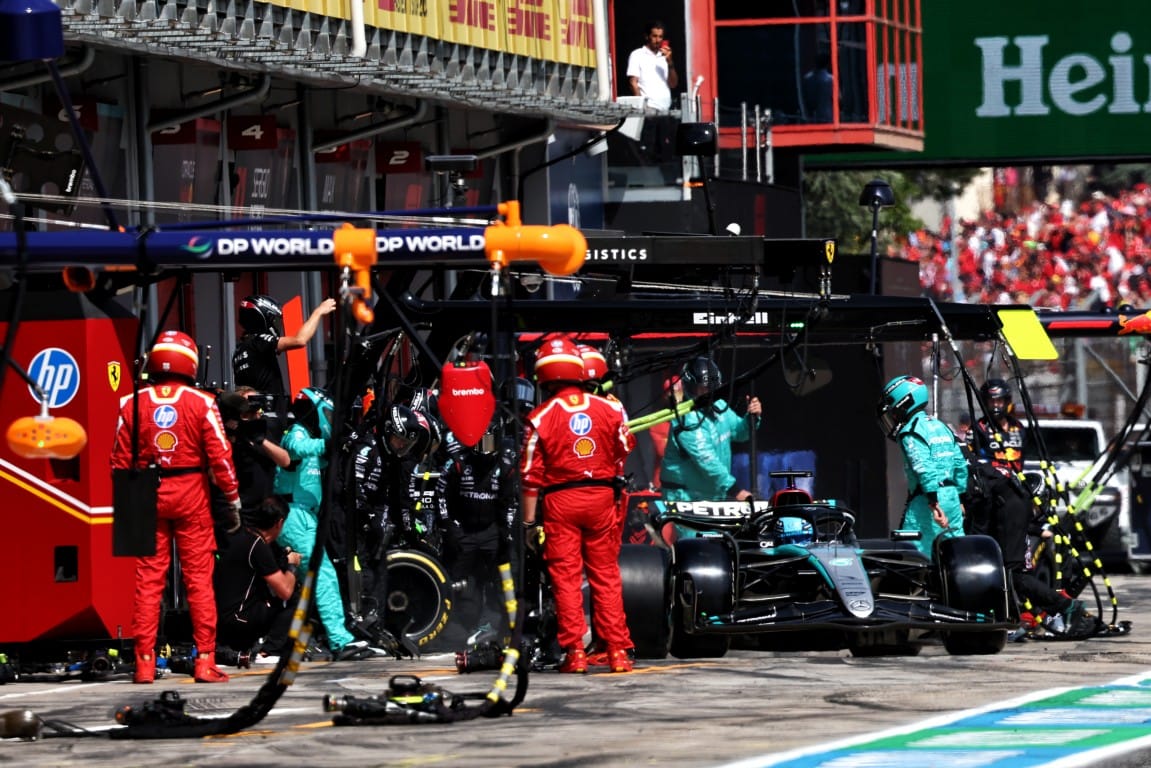
While the time difference does not feel like a lot, it is understood that strategies start becoming favourable when there is a three-second benefit from them – so the gains could be enough to swing things in favour of more stops.
For now, though, the pitlane speed limit thoughts are on the backburner - as Pirelli wants to wait to see what the impact is of the next races with the much more aggressive tyre compounds (especially Imola with the C6) before deciding what the best approach is for the rest of the season.
But should the softer compound choices not work, then that could be the trigger for more formal talks to take place with F1 and the FIA to see if making cars quicker in the pitlane is a possibility or simply cannot be done on safety grounds.

